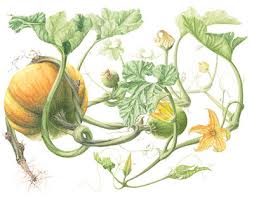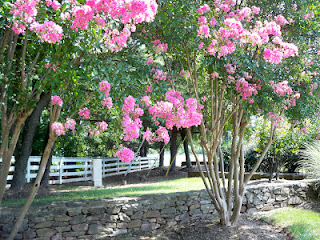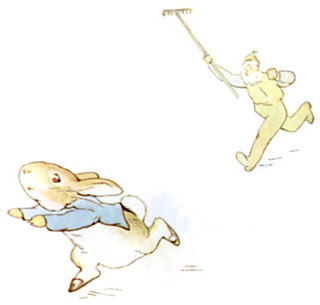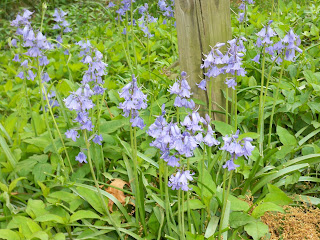Tiny Hopeful Garden
I pass it on the way to work sometime. A dingy little corner at 2nd and D. It’s on the northeast side, next to the homeless shelter and across the street from the tunnel. There’s no more than five or six feet of soil between the sidewalk and the building.
Earlier this season I noticed a few green shoots. Not weeds exactly. They were more intentional.
As the weeks wore on, I watched the plants grow up and out, the stems thicken , small yellow flowers form. Throughout the hot, dusty summer, they stayed alive. Not flourishing exactly, but not dying, either.
Today I walked past them. The flowers are turning to fruit, curved and healthy. I’m no master gardener, but I think we have a pumpkin patch here. A spot of color in a block of gray. A tiny hopeful garden.





